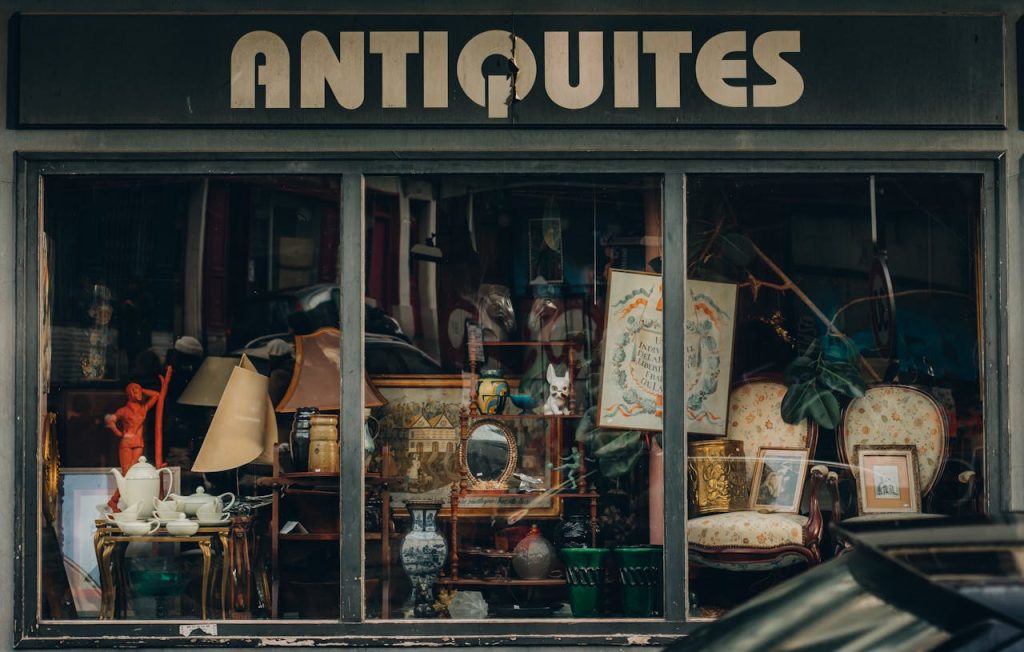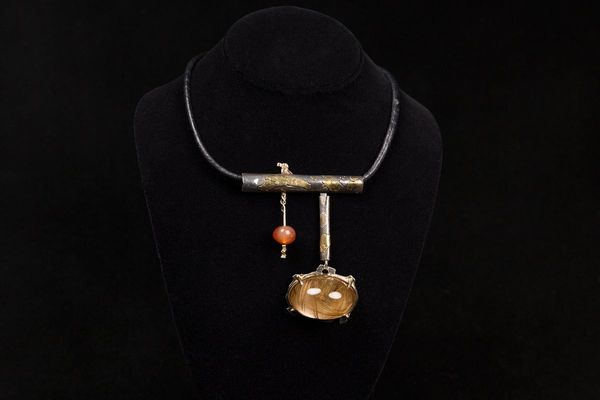
Collectibles have always held a certain allure. Whether it’s vintage comic books, rare coins, classic cars, or limited-edition sneakers, the world of collectibles is as diverse as it is fascinating. For some, investing in collectibles is a way to combine personal passion with the hope of financial gain. For others, it’s a calculated move to diversify their investment portfolio. But is investing in collectibles truly a smart financial strategy, or is it just an expensive hobby? Understanding the risks, rewards, and realities of this unique investment avenue can help you decide if it’s the right fit for your financial goals.
If you’ve ever wondered whether your love for baseball cards or antique furniture could translate into real profit, you’re not alone. The collectibles market has seen significant growth in recent years, with some items fetching eye-popping prices at auction. However, not every collectible is destined to appreciate in value. Before you dive in, it’s important to weigh the pros and cons and to approach this market with both eyes open. Here’s what you need to know about investing in collectibles—whether you’re driven by passion, profit, or a bit of both.
1. Understanding the Collectibles Market
The collectibles market is vast and varied, ranging from art and wine to toys and memorabilia. Each category has its own trends, cycles, and communities. Unlike stocks or bonds, collectibles don’t generate income or dividends. Their value is largely determined by rarity, condition, provenance, and demand. This makes the market unpredictable and sometimes volatile. For example, the value of Beanie Babies soared in the 1990s, only to crash later, leaving many investors with plush toys worth far less than they paid.
Before investing, research the specific market you’re interested in. Look for reputable price guides, auction results, and expert opinions. Sites like Heritage Auctions and Sotheby’s offer insights into recent sales and market trends. Understanding the nuances of your chosen collectible can help you avoid costly mistakes and spot genuine opportunities.
2. Balancing Passion and Profit
One of the biggest draws of investing in collectibles is the personal enjoyment they provide. Unlike stocks, you can display a rare painting or wear a vintage watch. However, passion can cloud judgment. It’s easy to overpay for an item you love or ignore warning signs about authenticity or market trends.
To strike a balance, set clear investment goals and stick to a budget. Ask yourself if you’d still be happy owning the item if its value never increased. If the answer is yes, you’re likely investing in passion. If not, make sure your decisions are driven by research and financial logic, not just emotion.
3. Assessing Risks and Rewards
Investing in collectibles comes with unique risks. Items can be lost, stolen, or damaged. Market demand can shift suddenly, and fakes or forgeries are a constant threat. Unlike traditional investments, collectibles are illiquid—you can’t always sell them quickly or at a fair price.
On the flip side, some collectibles have delivered impressive returns. For instance, the Knight Frank Luxury Investment Index reported that rare whisky and classic cars outperformed many traditional assets over the past decade. However, these gains are not guaranteed, and past performance doesn’t predict future results. Always weigh the potential rewards against the risks, and never invest more than you can afford to lose.
4. Authenticity and Provenance Matter
The value of a collectible hinges on its authenticity and history. Provenance—the documented history of an item—can significantly boost its value. For example, a guitar owned by a famous musician will fetch more than a similar model with no notable history.
Always buy from reputable dealers or auction houses that provide certificates of authenticity and detailed provenance. Be wary of deals that seem too good to be true, as the market is rife with counterfeits. Investing in expert appraisals and insurance can protect your investment and give you peace of mind.
5. The Importance of Storage and Maintenance
Proper storage and maintenance are crucial for preserving the value of collectibles. Environmental factors like humidity, light, and temperature can damage items over time. For example, comic books should be stored in acid-free sleeves, while wine requires climate-controlled storage.
Neglecting maintenance can erode value and make resale difficult. Factor in the costs of storage, insurance, and upkeep when calculating potential returns. Sometimes, these expenses can outweigh the profits, especially for items that require specialized care.
6. Tax Implications and Selling Strategies
Profits from selling collectibles are subject to capital gains tax, often at higher rates than other investments. In the U.S., collectibles are taxed at a maximum rate of 28%, compared to 15-20% for long-term capital gains on stocks. Keep detailed records of your purchases, sales, and expenses to simplify tax reporting.
When it’s time to sell, consider your options carefully. Auction houses, online marketplaces, and private sales each have pros and cons. Auctions can reach a wide audience but charge significant fees. Online platforms offer convenience but may attract less serious buyers. Choose the method that aligns with your goals and timeline.
Collectibles: A Personal Investment Journey
Investing in collectibles is as much about the journey as the destination. Whether you’re motivated by passion, profit, or a mix of both, success depends on research, discipline, and a willingness to learn. The collectibles market can be rewarding, but it’s not without pitfalls. By approaching it with clear eyes and practical strategies, you can enjoy the process—and maybe even see your treasures appreciate in value.
What’s your experience with investing in collectibles? Do you lean more toward passion or profit? Share your thoughts in the comments below!
Read More
Masterworks: The Retail Investor’s Gateway to Blue-Chip Art Investments
How Color Affects Your Investment Decisions
The post Investing in Collectibles: Passion or Profit? appeared first on The Free Financial Advisor.







